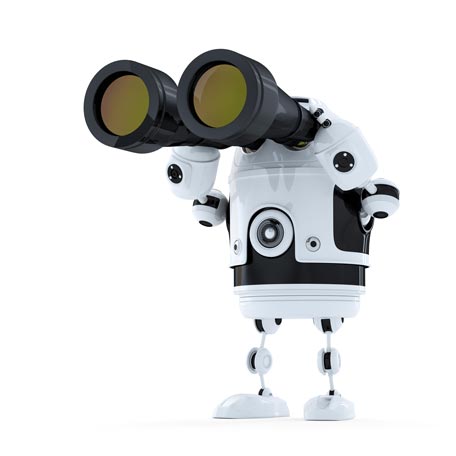Hal Varian, chief economist at Google, says that if technology cannot boost productivity, then we are in real trouble.
In a podcast interview, Varian says thirty years from now, the global labor force will look very different, as working age populations in many countries, especially in advanced economies, start to shrink. While some workers today worry they will lose their jobs because of technology, economists are wondering if it will boost productivity enough to compensate for the shifting demographics—the so-called productivity paradox.
“I would say there are at least three forces at work,” says Varian. “One of these is the investment hangover from the recession—companies have been slow to reestablish their previous levels of investment. The second has been the diffusion of technology—the increasing gap between some of the more advanced companies and less advanced companies. And third, existing metrics are facing some strains in terms of adapting to the new economy.”
Varian believes demographics is important, particularly now that baby boomers, who made up most of the labor force from the 1970s through 1990s, are now retiring but will continue to be consumers.
“Today, the working labor force is growing at less than half of the rate of population growth, which is a concern in terms of how to make the amount produced equal to the amount that people want to consume,” he said.
Varian’s answer to the concern of older workers who are afraid robots will take over their jobs:
“There’s a saying in Silicon Valley that we overestimate what can happen in two years, and we underestimate what can happen in ten years—this has proven true time and again. What the 40- and 50-year-olds should be doing is continuing to learn. Lifetime learning is the norm now.”

